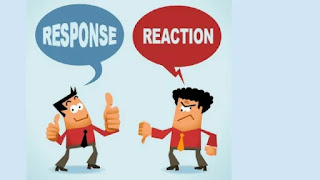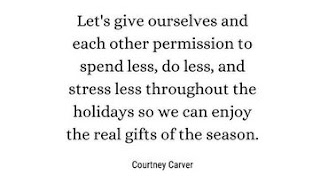Blog 10: Reaction vs Response
Hope you all have been enjoying the warmer weather!! I know it has been lifting my energy!
How was the last blog for you about compassion? Have you been able to practice talking to yourself in a more compassionate way? Feel free to email me your thoughts!
Today we are talking about a tool called STOPP that I love to use! STOPP can be used when you are feeling overwhelmed, anxious, have a big decision, and/or when your tolerance is low. This tool will help us RESPOND vs REACT to daily situations.
Sometimes, we react to situations i.e. we are not thinking about how our actions will effect ourselves and others. We simple just act or say whatever comes out of our mouths. We can see or hear something, and react with defending ourselves, jumping to conclusions, aggression, yelling, accusing, or having no reaction which is shutting down.
These ways of reacting usually end up in:
- feeling awful about ourselves,
- ruminating over what happened and how it could have been different,
- blaming ourselves which decreases our self esteem, and can increase our symptoms of depression and/or anxiety.
Not fun at all. Believe or not, reacting comes from a place of fear. The fear could be insecurity, low self esteem or self worth, etc. Now, in one sense, we can't blame ourselves because we think we are protecting ourselves from potential threat, however we are cheating ourselves out of a situation that could be an opportunity for growth, connection, and understanding.
This leads to teaching ourselves and practicing RESPONSE. Responding to a situation includes slowing down and attuning to the situation or to what the other person is truly saying. Often times when we listen, our thoughts in our brains are working so hard to come up with an immediate response and listening for the negative, so that we can defend. Are we being compassionate to ourselves when we do this?
Response includes being in the moment (mindful), truly listening to the other person, understanding what they are trying to inform you about. Key to this, which can be difficult, is not to take personal and not to defend as this person is allowed to feel the way they feel. So hard to do, however with practice, and a open mindset, this can result in opening the door to growth and connection, Response comes from a place of love, empathy, respect for self and respect for others. With responding, you are able to make an informed decision. I guarantee, you will see the benefit of practicing responding. When we respond, our connections grow deeper, and our self growth grows stronger!
I am Italian & Irish, so I can tell you from self reflection, I have the temper and the attitude, which is all about reacting to things! When I first met my husband 20+ years ago, I was a reactor. My attitude and temper was on fire, but I didn't know any better! Through awareness, practice, and wanting this relationship to work, I slowed down and used STOPP (explained below), and really attuned to what was going on This resulted in huge growth for me and our relationship, hence still going strong!! 👊 Now that is not to say that I do not have any poor reactions today, because... we are human! But I continue to practice these skills, as life, as we know it, is a journey!
What is STOPP???
I suggest printing this out onto a wallet size card and keeping it with you to practice or put it into your phone so that it is a visual reminder and empowers you to make an informed response! This is a life saver and will help you grow in so many ways!
S: STOPP
T: Take a deep breath; in through your nose, making your belly grow, and out the your mouth, deflating your belly, repeat
O: OBSERVE: Ask yourself,
- what am I thinking?
- what am I reacting to?
- what am I feeling in my body?
- is this fact or opinion?
- how would someone else see this?
- what is the best thing to do for me?
- what is the best thing to do for others?
- what is the best thing to do for this situation?




Comments
Post a Comment